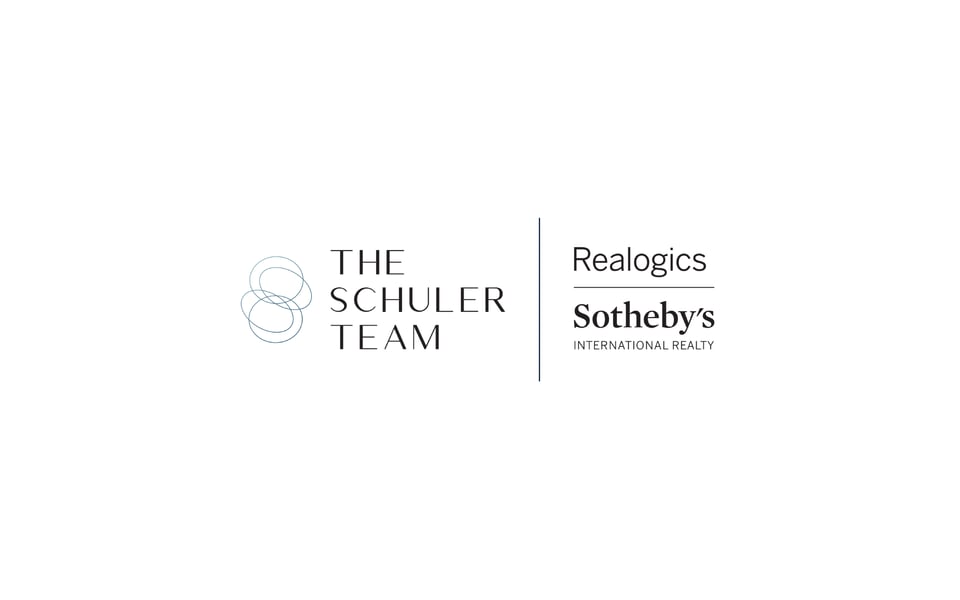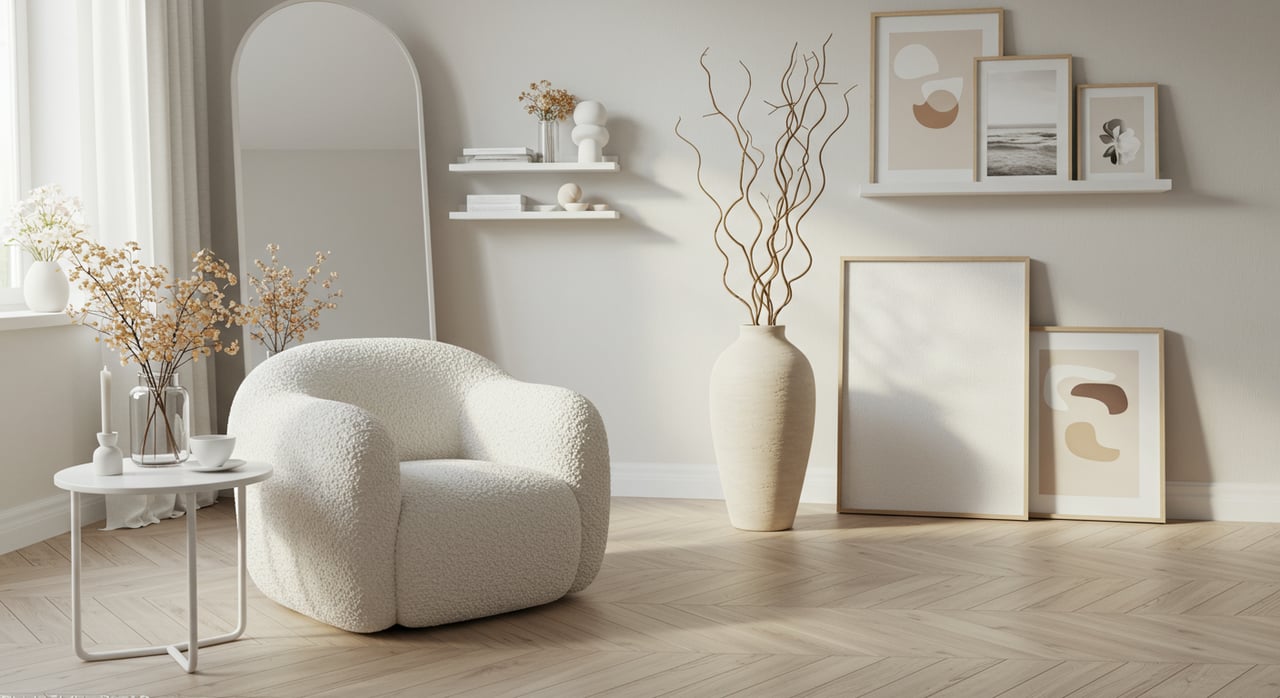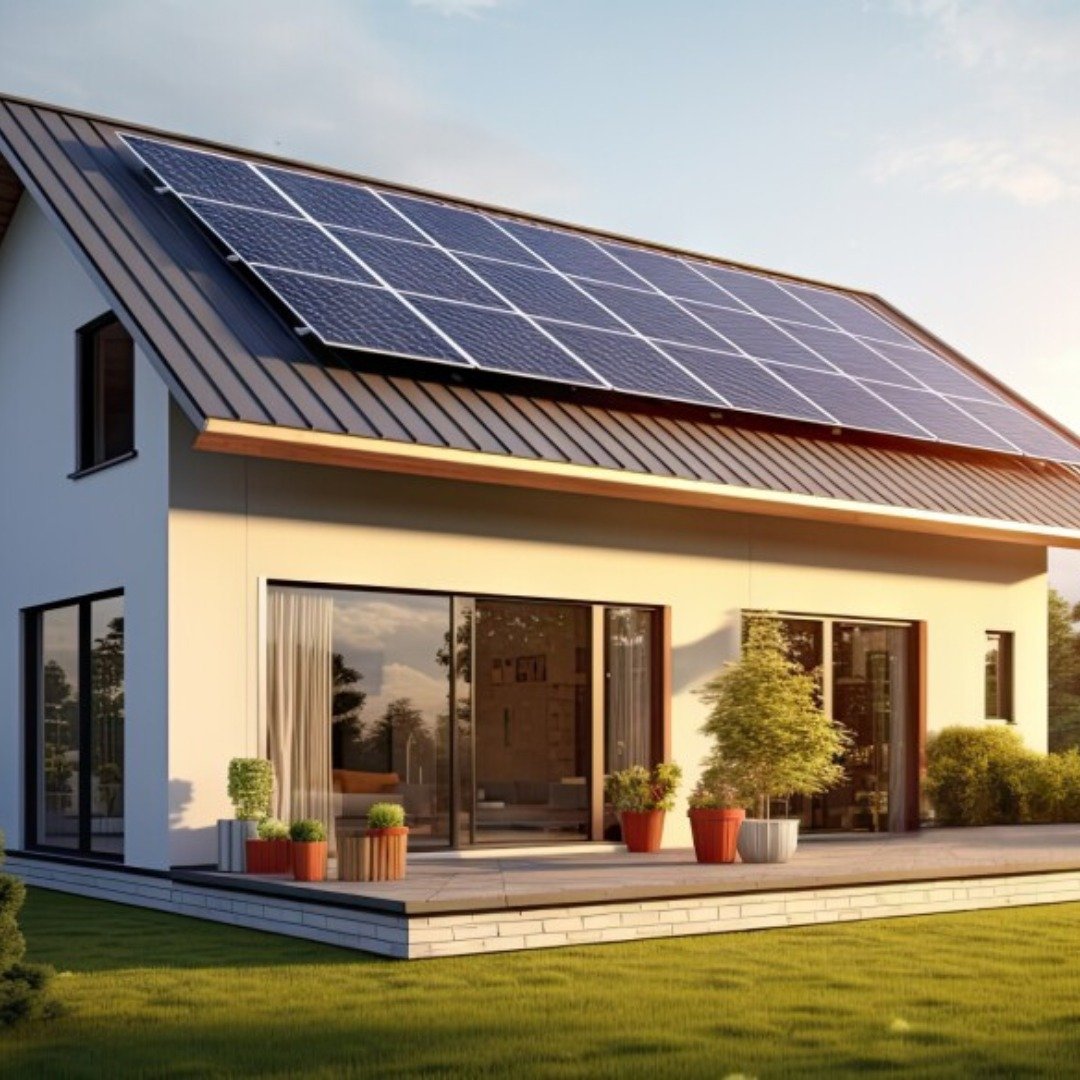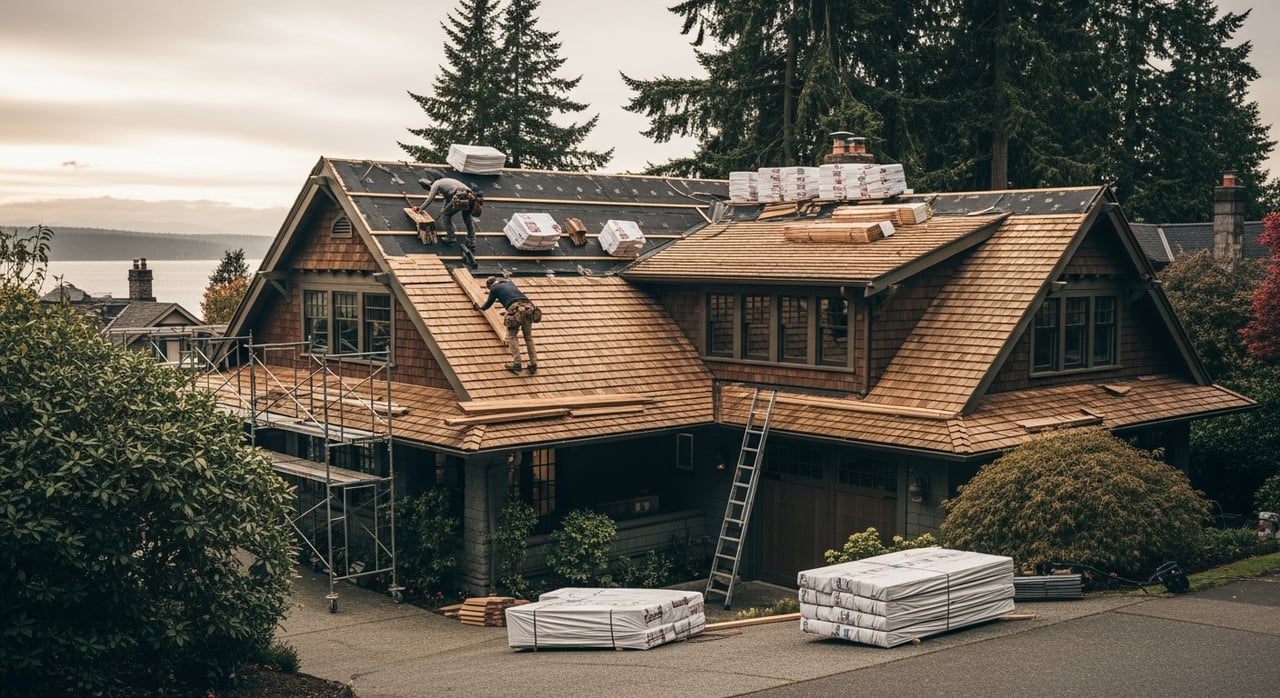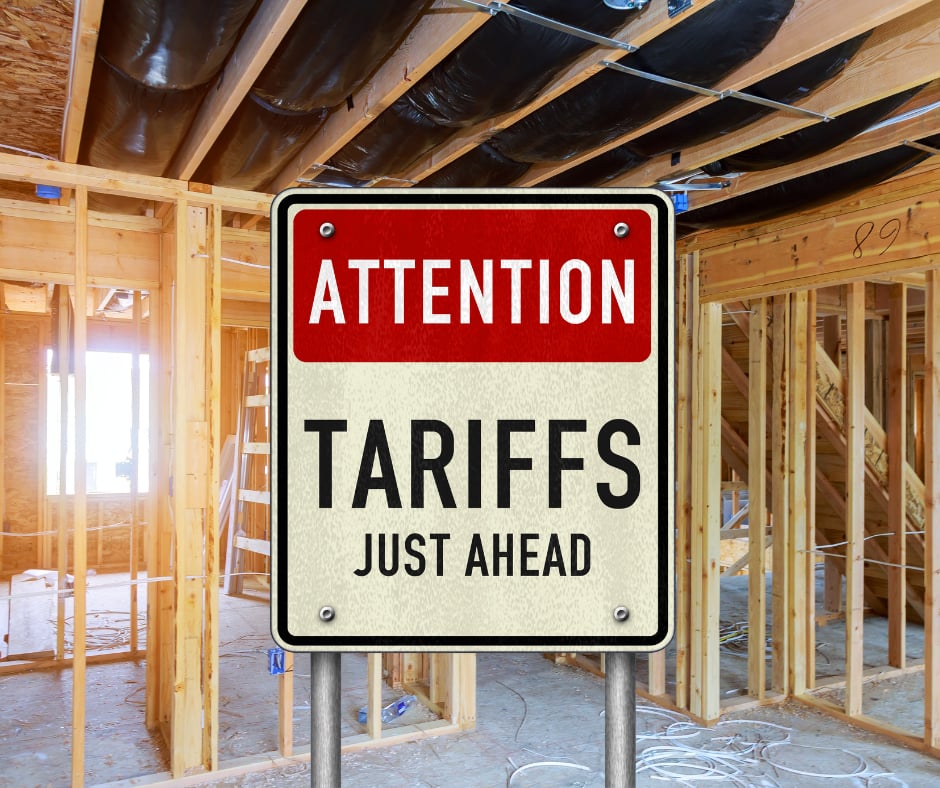With energy efficiency emerging as an increasingly important consideration for prospective home buyers, a passive house can appease the desire for low energy use and a high standard of air quality.
During a recent webinar, Zonda principal Mollie Carmichael highlighted a passive house with net-zero-ready features as an emerging trend to “exceed” home buyer expectations.
A passive house can provide homeowners with improved energy efficiency, higher indoor air quality, increased comfort, greater durability, and lower maintenance expenses. Jason Gunderson, general contractor and partner of Terra Southeast, a certified passive house builder in
Tennessee , says the building science principles and standards ensure a structure that “will last potentially hundreds of years, far longer than ordinary code-level construction.”
According to
Phius, one of two options in the United States for passive house certification, passive building “is a set of design principles for attaining a rigorous level of energy efficiency while also creating comfortable indoor living spaces.”
“The basic principles of a passive house revolve around the continuity of four layers: air barrier, vapor control layer, moisture barrier, and thermal insulation,” says Gunderson.
“The goal is to have each layer continue uninterrupted around the entire house, from the underside of the floor to the peak of the roof.”
Gunderson says a hallmark of a passive house is “as much thermal insulation on the outside of the home as possible,” which moves the dew point farther toward the outside and keeps condensation out of the structural wall cavity.
“The [passive house] principles boil down mostly to higher standards for the thermal envelope: air tightness, levels of insulation, a robust layer of continuous insulation, better windows, elimination of thermal bridging, balanced energy-recovery ventilation, and moisture management,” says Mike Trolle, principal, director of sales and marketing, and senior project manager for BPC Green Builders, a passive house builder based in
Connecticut .
Passive house building principles promote the use of materials, such as allowing a home’s HVAC system to deal with any small amount of condensation in the walls. The use of energy-efficient windows and doors allows the building design to contribute to homeowner energy savings. Additionally, passive buildings take advantage of balanced heat- and moisture-recovery ventilation systems to keep occupants healthy and comfortable, according to Gunderson.
For BPC Green Builders and Terra Southeast, there is the belief that passive house demand is likely to increase as awareness among prospective homeowners increases and the frequency of extreme weather events continues.
“Years ago, I learned a marketing term—latent demand—which is defined as a ‘demand for a product or service that a consumer cannot satisfy because they do not have enough money, because the product or service is not available, or because they do not know that it is available,’” says Trolle. “I’m certain that consumers would want to live in passive houses if they understood the advantages and the additional cost was reasonable—which it is.”
Gunderson says as more weather extremes occur, homeowners will be more likely to consider the efficiency, strength, durability, and air quality of their home—all areas where a passive house can provide superior performance. Additionally, when passive building standards are combined with universal design principles for aging in place, he says “each generation can let their home take care of them for longer.”
For Gunderson, one of the biggest hurdles for passive house building to overcome is the status quo.
“The biggest challenge I’ve experienced is typified in the phrase, ‘But this is the way we’ve always done it,’” Gunderson says. “Passive house and other high-performance construction standards are not in widespread use in Tennessee, so I often have to teach my subcontractors about the concepts and remind them often to build the home the way I want it built, not the way they’ve always done it.”
Trolle says it often can be a challenge bringing architects on board for projects to collaborate on details related to the thermal envelope and mechanical systems. The specificity of project details in the field also requires highly qualified project managers and trade partners, both of which take time to develop.
“Builders need to learn how to incorporate [building science] into their everyday practices,” Trolle says. “Many builders think that building a passive house is exceptionally hard and expensive. It is harder and a bit more expensive, but it’s not nearly as hard or expensive as feared.”
While the passive house movement is growing, the growth is most accelerated in the Northeast and
Washington state, according to Gunderson. In Terra Southeast’s home region of the Southeast, he says interest is primarily concentrated from clients with previous knowledge of passive house.
“In the North, probably the biggest benefit to passive house is the large amount of insulation,” Gunderson says. “Here [in Tennessee], the selling points for passive house are durability, health, comfort, low maintenance, and then energy efficiency. As time goes on and people learn more about passive house, more folks in the Southeastern U.S. will gravitate to the standard.”
Gunderson and Trolle say their respective companies feel strongly about passive house building due to the pride in building homes that will last.
In particular, Trolle says that with climate change risks beginning to materialize, responsibility is centered on those in the building community to “do our part toward solving the problem.”
Gunderson adds building to the passive house standard ensures customers are getting the dual benefit of a durable, healthy home and one that can be passed down for generations.
Connect with me
